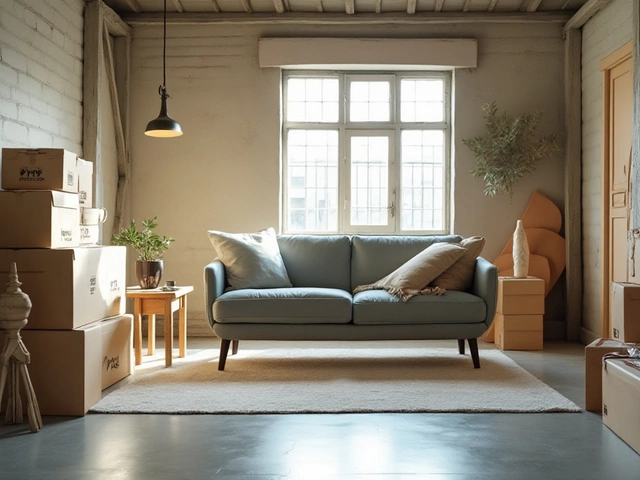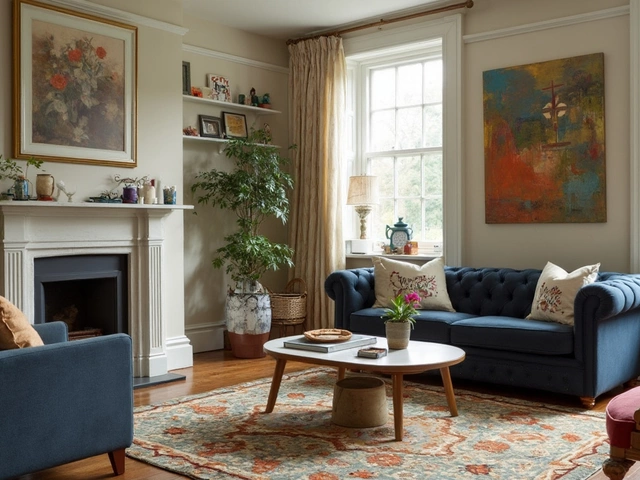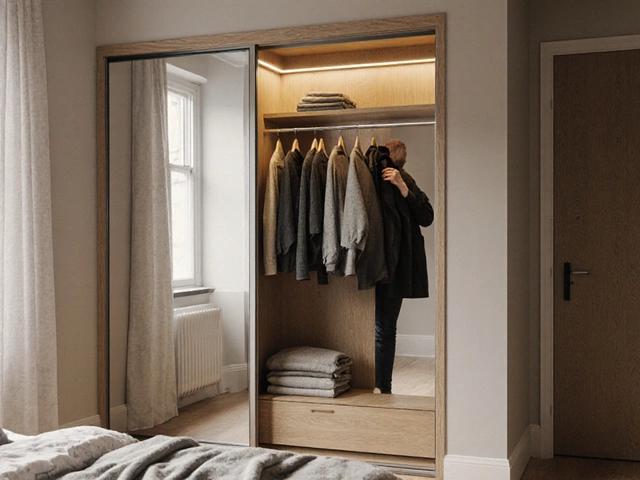How to Pick the Perfect Daybed for Your School
Thinking about adding a daybed to a classroom, library or staff lounge? You’re not alone. Daybeds give a relaxed spot for reading, group work, or a quick nap, and they fit right into modern learning spaces. Below is a quick, no‑fluff rundown of what to look for so you end up with a piece that lasts and looks good.
Comfort and Ergonomics Matter
First thing: a daybed has to feel good. Look for a sturdy frame made of solid wood or metal, and a cushion that’s firm enough to support a teen’s back but soft enough for a short rest. Removable, washable covers are a win – they keep the daybed fresh after spills or the occasional doodle. If the daybed will double as a study spot, choose a design with a built‑in backrest or a low headboard so students can sit upright without hunching.
Durability for Busy Environments
Schools see heavy use, so the daybed’s materials need to stand up to the test. Powder‑coated metal frames resist rust, while hardwood frames resist dents. Check the warranty – a three‑year guarantee on the frame and a one‑year guarantee on the cushion usually means the manufacturer believes in the product. Also, avoid cheap, low‑density foam; it flattens quickly and will need replacing far sooner than you’d like.
Another durability tip: pick a daybed with legs that sit on protective glides or rubber pads. This prevents floor scratches and makes it easy to move the piece for cleaning or re‑arranging the room.
When you compare options, think about the room’s layout. A daybed with a low profile slides under desks or around bookshelves without stealing valuable floor space. Some models even come with built‑in storage drawers – perfect for keeping textbooks, laptops, or blankets out of sight.
Safety is key, too. Make sure the daybed meets UK fire‑safety standards, especially if it’s placed near a library or a student‑occupied area. Rounded edges and sturdy handrails can reduce the risk of bumps or falls.
Style doesn’t hurt either. Neutral colors like grey, navy, or earth tones blend with most school décor, while a pop of colour can make the space feel lively. Many vendors let you pick the fabric, so you can match the daybed to your school’s brand palette.
Finally, think about budgeting. A high‑quality daybed may cost more upfront, but the longer lifespan and lower replacement costs usually make it cheaper in the long run. Look for bulk‑order discounts if you’re outfitting multiple rooms – most suppliers are happy to negotiate.
To sum up, the right daybed balances comfort, durability, safety, and style. Check the frame material, cushion density, warranty, and fire rating, then match the look to your school’s vibe. With the right choice, a daybed becomes a versatile hub where students can read, collaborate, or recharge – all while lasting for years to come.





